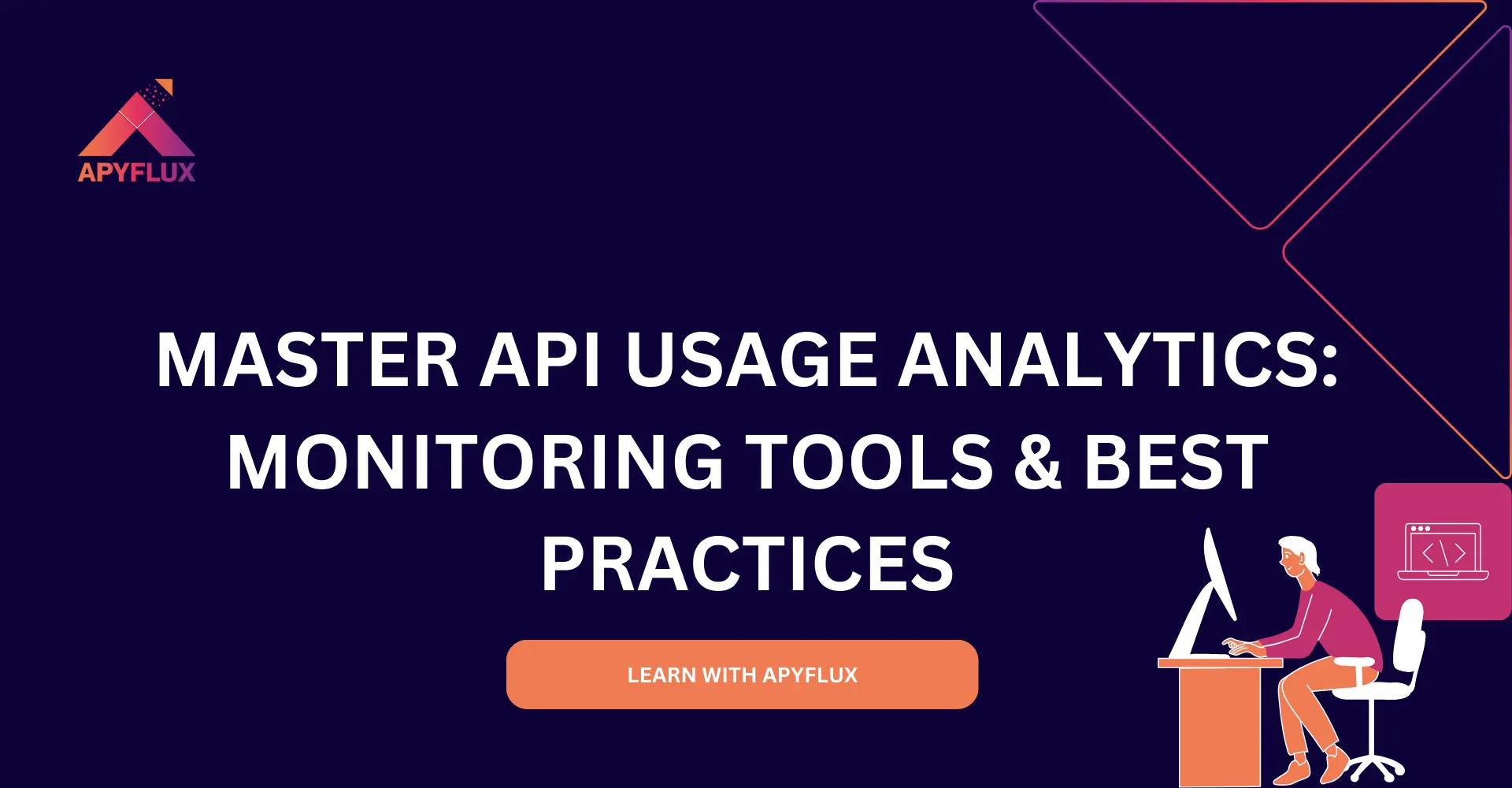
In today’s fast-paced digital landscape, APIs have become the backbone of businesses, enabling seamless integration, communication, and innovation across systems. But how do developers and businesses ensure that APIs are performing at their peak? The answer lies in API usage analytics.
API Usage monitoring empowers businesses to make informed decisions, optimize performance, enhance security, and improve user experience. Tracking API interactions provides actionable insights into potential bottlenecks and vulnerabilities, making it vital for modern development teams. Whether you’re setting up alerts for API usage, tackling challenges in tracking API usage, or leveraging tools to track API usage, this guide has you covered. Let's explore how analytics can elevate your API strategy while addressing key issues with API usage or security.
Monitoring API usage isn’t just a technical exercise; it’s a business imperative. Here’s why it matters:
API usage monitoring identifies slow endpoints and bottlenecks, enabling developers to fine-tune performance. Faster APIs translate into better user experiences and smoother integrations.
Analytics reveal how users interact with your APIs. Are they using certain endpoints more frequently? Are requests coming from specific regions? These insights guide product development and marketing strategies.
Suspicious activity—such as unauthorized access or unusual traffic spikes—can be flagged and addressed promptly with API monitoring tools.
By tracking usage, businesses can stay within rate limits, optimize resources, and avoid unnecessary overages in cloud-based environments.
From tracking payment gateway performance in e-commerce to ensuring reliable data exchange in healthcare systems, API usage analytics are transforming industries by enabling smarter decisions and better user experiences.
API monitoring isn’t always straightforward. Let’s discuss the hurdles developers face:
APIs generate massive amounts of data. Filtering and interpreting this data for actionable insights is a challenge, especially when monitoring multiple endpoints.
Monitoring live API performance can introduce latency, making it harder to detect and resolve issues instantly.
Unauthorized access and data breaches are persistent threats. Ensuring that monitoring tools don’t expose sensitive information is crucial.
Setting up alerts for unusual API activity is vital, but poorly configured alerts can lead to false positives, overwhelming teams with irrelevant notifications. By addressing these challenges, teams can unlock the full potential of API monitoring tools.
Choosing the right tool for API Usage monitoring can make all the difference. Here’s an overview of popular platforms:
Ideal for businesses using AWS services, CloudWatch offers real-time monitoring, detailed logs, and performance metrics tailored for APIs.
Integrates seamlessly with Google Cloud, providing insights into API traffic, latency, and errors.
Popular among developers, Postman is user-friendly and perfect for setting up custom monitors and tests.
Advanced platforms with robust analytics, distributed tracing, and integration capabilities, suitable for large-scale monitoring.
Enterprise-grade solutions focused on API lifecycle management, including monitoring, security, and analytics. Features to Look for in an API Tracking Tool When selecting a tool, prioritize: Real-Time Alerts: Instant notifications for anomalies. Customizable Dashboards: Visualize performance trends easily. Integrations: Compatibility with existing workflows (e.g., Slack, PagerDuty).
Alerts are the cornerstone of proactive API monitoring. Here’s how to use them effectively:
Set alerts when usage exceeds predefined rate limits to prevent overloading APIs.
Monitor authentication failures or unusual traffic patterns to catch potential breaches.
Track unexpected surges in requests, which may indicate abuse or emerging popularity.
Set thresholds for acceptable latency, ensuring optimal performance.
Balancing performance and security is essential for successful API management. Here’s how:
Prevent abuse by limiting the number of requests an API can handle within a given timeframe.
Implement robust measures like OAuth, API keys, and JWT (JSON Web Tokens) to ensure secure access.
Detect anomalies instantly with tools that offer live tracking and automated responses.
Maintain logs of API traffic to comply with regulations and conduct post-incident reviews. By addressing these key issues with API usage or security, you can protect your APIs while delivering exceptional performance.
API usage analytics aren’t just for developers—they’re a treasure trove for business strategy. Here’s how:
Analyze API interaction data to understand user preferences and prioritize enhancements.
Leverage analytics to anticipate traffic surges and scale APIs accordingly, ensuring reliability during peak usage.
Monitoring helps identify inefficient endpoints and optimize server resources, reducing costs.
Provide detailed API documentation based on analytics, simplifying integration for third-party developers. With insights from API Usage monitoring, businesses can make smarter decisions that drive growth and innovation.
API usage analytics are no longer optional—they’re a fundamental part of proactive API management. From setting up alerts for API usage to addressing challenges in tracking API usage, robust monitoring ensures reliability, security, and performance.
Investing in tools like AWS CloudWatch, Postman, and Datadog empowers businesses to navigate the complexities of modern APIs while extracting valuable insights. Don’t wait for issues to arise—start tracking API usage today and transform your operations with data-driven decisions. Are you ready to optimize your APIs? Explore tools to track API usage now and take control of your API strategy!
Hi there!
Let's help you find right APIs!